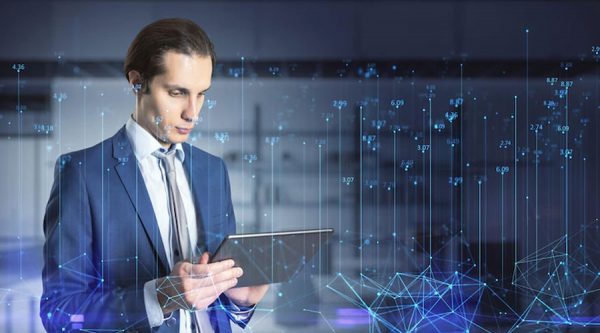According to Omdia’s new Top AI Hardware Startups Market Radar, more than 100 different venture capitalists (VCs) have invested more than $6 billion since 2018 into the top 25 artificial intelligence chip businesses.
Although 2021 will be recognized as a standout year, it is obvious that the financial landscape has shifted. It is now more difficult to raise money due to the change from a global chip scarcity to an inventory crisis, the shift in monetary policy, and the impending economic collapse in 2022.
The market’s top-funded AI chip startups are under pressure to provide the same caliber of software support that developers have come to expect from NVIDIA, the industry leader. Alexander Harrowell, Omdia’s Senior Analyst for Advanced Computing, makes a note. “This is the major hurdle to bringing new AI chip technology into the market.”
Omdia predicts that more than one significant startup would likely quit this year, maybe through a trade sale to a significant chipmaker or a hyper-scale cloud provider. Trade sales to significant vendors are probably the most likely method of exit, according to Harrowell. “Amazon has $35 billion and Apple has $23 billion in cash on its balance sheet, while Intel, NVIDIA, and AMD each have about $10 billion. Because they have the financial means to do so, hyper scalers have been eager to adopt proprietary AI silicon.
Omdia also discovered that only one technology, large-die, CGRA accelerators, which are frequently created to load whole AI models on-chip, has received half of the $6 billion in VC funding throughout this period. Given the ongoing development of AI models, there are concerns regarding this strategy.
“Bringing the complete model into on-chip memory makes sense in 2018 and 2019, as this method delivers incredibly low latency and resolves the input/output issues of big AI models. Yet ever since, the models have grown astronomically, making scalability a crucial problem. Increasingly organized and internally sophisticated models necessitate more general-purpose programmability from AI processors. As a result, Harrowell says, “the future of AI processors may lay in a different direction.









